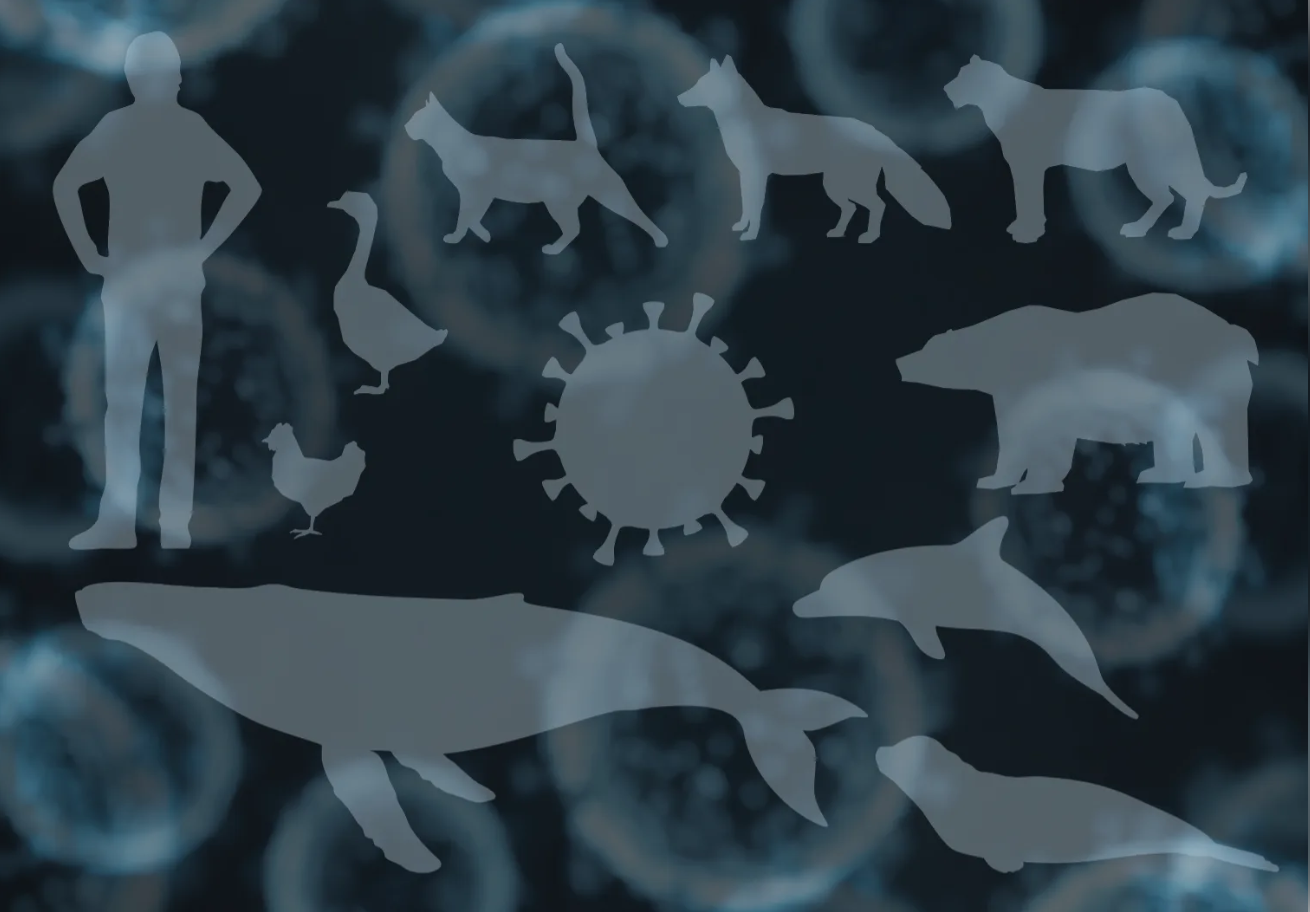If winter’s here, can spring be far behind? It certainly seems
far to Vidalia onion
growers, whose big-money crop has to survive a perilous winter
to become the
sweet onion the world has come to love.
At least the 1997 crop has gotten off to a good start.
“We needed a good start, if nothing else, for the morale boost,”
said Terry Kelley,
a horticulturist with the University of Georgia Extension
Service.
Vidalia onion growers ended the 1996 season on a dismal note.
The season started
with bad weather and got progressively worse until February and
early-March
freezes finished the damage. Growers lost as much as $50
million.
But the ’97 crop has started out much better, said Rick Hartley
and Reid
Torrance, county extension directors in, respectively, Toombs
and Tattnall
counties, where more than 80 percent of Vidalia onions are
grown.
“We’re a little ahead of schedule here,” Torrance said. Tattnall
County farmers
grow nearly half of the sweet specialty crop.
“A number of growers who set onions through December and into
January are
finishing up now,” he said two weeks before Christmas. “We’ve
probably got 90
percent of the crop in right now.”
Near Vidalia, where the prized sweet onions get their name,
growers weren’t quite
as far along. “We’ve got about 70 percent of the crop planted,”
Hartley said.
Both county agents said the onions started out well. “We had
good transplants,”
Hartley said. “That’s the key. We got good, pencil-sized,
disease-free onions out of
our beds.”
Tattnall growers planted as many or slightly more onions than
last year, Torrance
said. But they didn’t get ahead of schedule by starting early,
which can lead to
problems later on.
“We didn’t jump the gun on transplanting,” he said. “We started
in earnest about
the second week in November. We just had good labor available.
And we had
good working weather. We certainly weren’t held up by rain.”
In fact, the only hitch in the early planting, Torrance said,
was a lack of rain in
November. Some growers had to irrigate fields to get enough
moisture into the
ground before transplanting in the early going.
“We’ve had pretty fair moisture in December, though,” he
said. “We’re off to a
good start.”
Starting well, though, may mean no more than scoring first in a
ball game.
“We’ve got a long, long way to go before this crop is made,”
Torrance said.
Vidalia onions are harvested in midspring, mostly during May.
Controlled-atmosphere storage, though, now allows growers to
stretch out the time
they can market quality Vidalia onions.
The onions can withstand some hard winter weather, but extreme
freezes and high
winds can take a heavy toll.
Onions take the hardest hit when temperatures drop into the low
teens after a
spell of warm, sunny days. That causes serious damage to fresh,
tender growth on
the plants.
“Onion growers don’t like a lot of warm weather early on,”
Hartley said. “A
cooling trend is best. You don’t want to get too much growth on
the onions too
early.”
What growers want, he said, is weather cool enough to allow the
onions’ roots to
get a good head start on the rest of the plant.
“If growers could order their weather, they’d want nights around
38-45 degrees
and days around 60-65,” Hartley said. And they’d want the winter
cool-down and
spring warm-up to be gradual trends.
With a long winter ahead, Vidalia onion growers aren’t counting
any profits yet.
But after some rough seasons in recent years, they’re happy with
the way this one
has begun.
“The onions are certainly starting better than in the past few
seasons,” Torrance
said. “We’ve gotten off to a very good start.”




